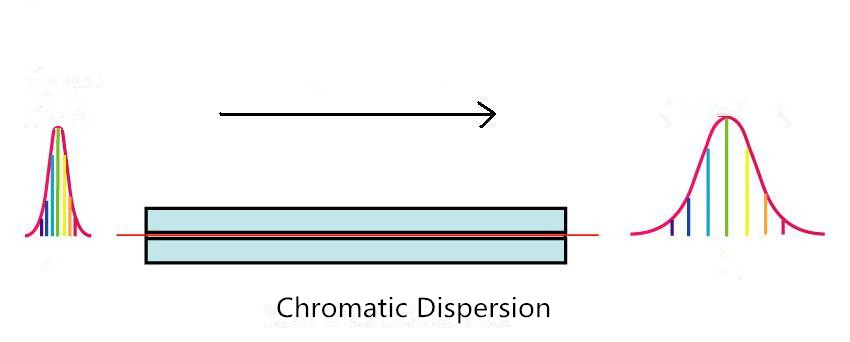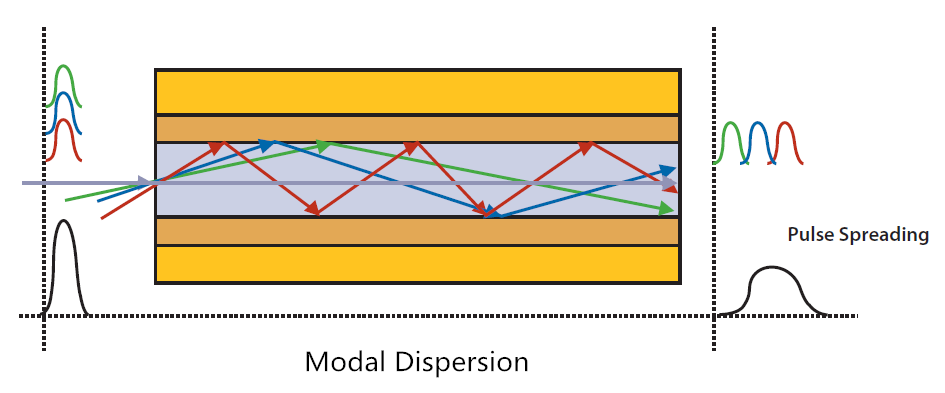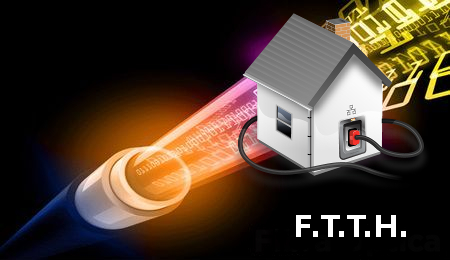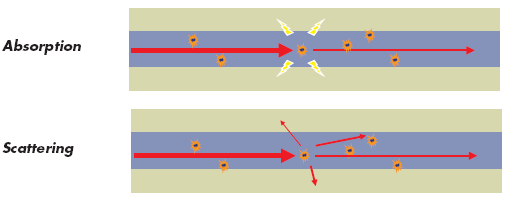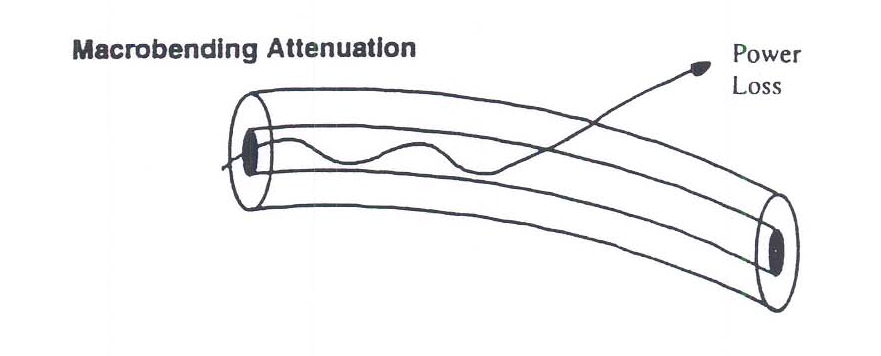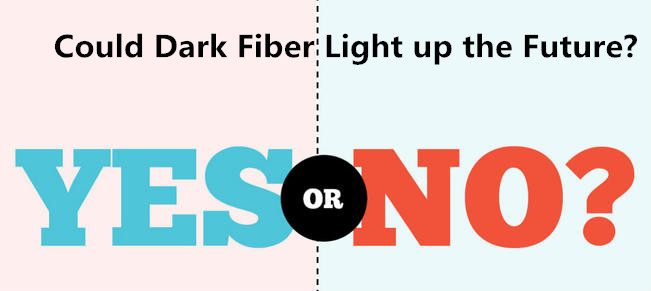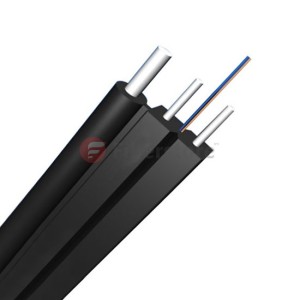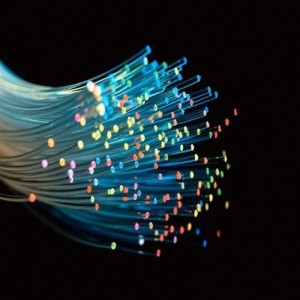To meet surging market needs for fiber optic cable product, more and more fiber optic cable manufacturers emerges to gain its market share. Fiber optic cable is a necessity for most households. How to keep a balance between price and quality? And how to select a reliable fiber optic cable manufacturer? As the representatives of reputable fiber optic cable manufacturers, Monoprice, C2G and FS.COM are frequently recommended by many users. This article would give a brief introduction to those three companies and analyze the difference between their fiber optic cable.
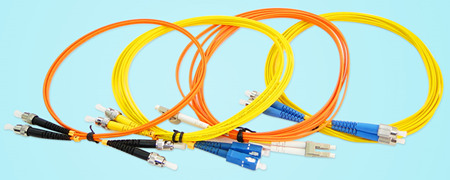
Monoprice—The Meek King of Cables
Five years ago, Monoprice was associated with two things: HDMI cables and nerds. Being able to tell people about two-buck Monoprice cables, and to explain, with confidence, why Monster cables were a scam, was one of the wonderful small privileges of geekdom; today, it’s one of the dwindling few. Its cables were cheap! They worked fine! The company was based in the U.S., processed orders quickly, had a return policy and answered emails. It was like eBay without the risk.
Founded in 2002 and propelled by word-of-mouth support — the company rarely advertises — Monoprice is now a $120m-a-year business. Monoprice CEO Ajay Kumar says the company has been growing at between 25% and 35% a year for the last five years. The office and shipping operations run out of a 173,000 square-foot warehouse in Rancho Cucamonga, California. Kumar credits Monoprice’s early rise to one thing. “The primary focus early on was cables,” he says, “and the thing that really accelerated the company was HDMI.” For the fiber optic cables, they offer a wide range of them, singlemode, multimode and etc.
C2G—A Trustful Cable Vendor
C2G (formerly Cables To Go), a division of Lastar, Inc., is an industry leader in high performance cabling and connectivity solutions. Founded in 1984, the company provides end-to-end connectivity solutions serving a variety of markets—including hospitality, education, healthcare, corporate, home theater and digital signage. C2G also delivers customized connectivity products and solutions renowned for superior quality, value, and innovation using premium components and the latest technologies to maximize cable performance and ensure compliance with industry specifications for each cable and its designated application. Fiber optic cabling and hardware products including single mode and multimode fiber patch cables of 62.5/125, 50/125, and 9/125, and fiber distribution products used in high tech networking.
FS.COM—A Cost-effective Fiber Optic Cable Manufacturer
Founded in 2009, FS.COM gradually becomes a leading company devoting to research & development, and offer fiber connectivity network solutions for carriers, ISPs, content providers and networks. With a few years of development and accumulation, FS.COM have owned a whole series of optical communication products including the WDM equipment, transceivers, fiber optic assemblies, racks & enclosures, bulk fiber cables, enterprise network and so on.
Their wholesale fiber optic cable products are offered at the lowest price and fully compatible with the original devices. They assured to every customers that every fiber optic cable offered by FS.COM before shipping has to go through strict test to assure high performance. They cover a wide range of fiber optic cables, such as bulk fiber cables, fiber patch cables, MTP/MPO fiber cable, fiber cable assemblies and etc.
Fiber Optic Cable Manufacturers—Monoprice Vs. C2G Vs. FS.COM
Price is paramount for every customers when they are purchasing. We can’t list all the products from their website and compare them here. So let’s take the 1m OS2 9/125 singlemode fiber optic cable as an example, the C2G 1m OS2 9/125 singlemode fiber optic cable is sold at $42.99. Monoprice is only $11.35. The price of 1m OS2 9/125 singlemode fiber optic cable from FS.COM is $2.8. You can check it on the below table.
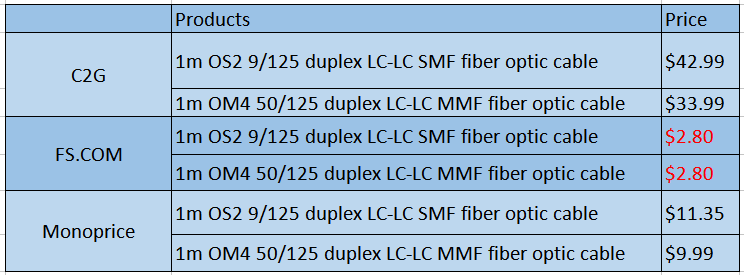
Both FS.COM and C2G offer a full range of fiber optic cable that are of performance. While monoprice, nowadays do not have many selections of optical modules. But if you need HDMI, video or power cables, you can definitely have a look at their website.
FS.COM is known as the cost-effective optical transceiver and fiber optic cable manufacturer that offer high-quality and low price products. Monoprice is mostly recommended for its HDMI, video and power cables. C2G’s price is a little bit higher, but their quality is nice.

